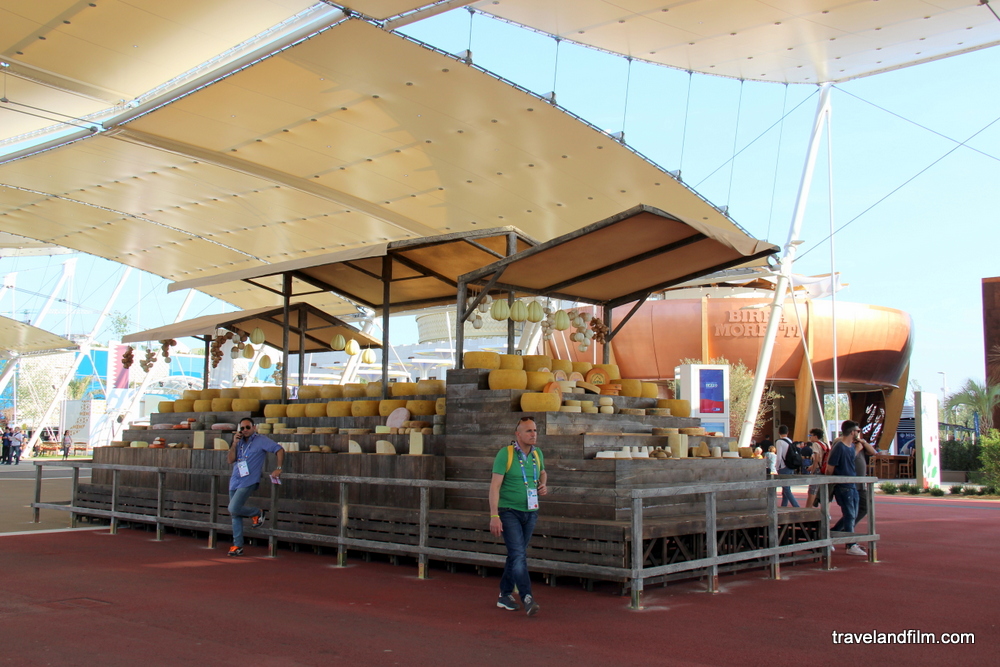

Yes, we’re being directly told the backstory, but there’s a clear motivation for it being delivered this way: It’s a test. You were like different people!” or “You got 1400 on your SATs. For example, “You have different accents? You did, you fuckin’ snake. And every time he reveals something of Billy’s backstory as part of the interview process, he does it in the form of a verbal attack. He doesn’t stop moving for more than a few seconds at a time. This could be a cut and dry scene discussing resumé items, but what elevates it and disguises the exposition is the dialogue of Det. The Departedīilly Costigan is called in to be vetted for undercover work.

A world is in shambles, human biology has been halted, people are mourning the death of a celebrity symbolizing the planetary crisis, and Theo just wants everybody out of his way so he can have his morning coffee. It’s a small conflict, but it helps to define his character. In walks Theo, trying to push through the the people watching the news report in a coffee shop to get his order. In that one moment, we’ve learned that there are no new people being born, and that the chaos teased at the beginning is directly connected to the conditions arising from a world without birth.Īlright. This is a straight infodump, but it’s effective because the information it gives is layered and shocking. Then we come to the kicker: A reporter informing us that “Baby Diego,” a man in his twenties who was the youngest person on the planet, has just died. The patter sounds familiar, helping to bridge the gap between our world and the imagined future of the film, but the stories that they discuss are dystopian and extreme.
#Exposition in film tv
Over the opening credits, the audience is treated to audio from the intro to a TV news broadcast. Taking place in a future with some key differences from our present, this film has some serious world building to do. The surveillance beats sandwich the new information, helping to the audience to interpret that these things are related, and that while we just spent a little over a minute listening to somebody read aloud from a book, that information is crucial to what’s coming next. We’re reminded that Tintin is under surveillance. The scene cuts from Tintin reading to an overhead shot of a man skulking about in the shadows, watching him. Could the people interested in the model of the ship be interested in this secret cargo? How is the model connected to that? This isn’t a direct conflict within the scene, it posits another question to the audience: What was the secret cargo? This mystery is useful in how it suggests a connection to the questions already asked of the audience.

While in the library, Tintin’s research reveals that The Unicorn was a ship that sank with a secret cargo. This plants questions in the audience’s mind: Who was watching him? What’s going to happen to this model? It also reinforces the earlier question, why is this model ship so important? These bits of unresolved tension carry us into the scene in the library. Those binoculars watch them leave and retrain on the model of the Unicorn in Tintin’s apartment. There’s a small beat before the scene in the library where we see an unknown figure watching Tintin and Snowy through a pair of binoculars. While a person reading aloud from a book doesn’t sound like a thrilling set piece, there are a few tactics used to add tension and conflict to the moment. The Adventures of TintinĪfter becoming suspicious about the model ship that he’s just purchased, and how several people were eager to try and take it off his hands, Tintin heads to the library to read up on the history of The Unicorn, the ship the model was based on. Here are a few examples of how others took their backstory and wove it in to the present tense action of the film. Much like how characters meeting each other is an opportunity to stage a revealing conflict, the presentation of expository information has its own opportunities and challenges. Some of the elements of their history are necessary pieces of information for understanding what happens between Fade In and Fade Out. In every story, the characters and their world existed before the film began.


 0 kommentar(er)
0 kommentar(er)
